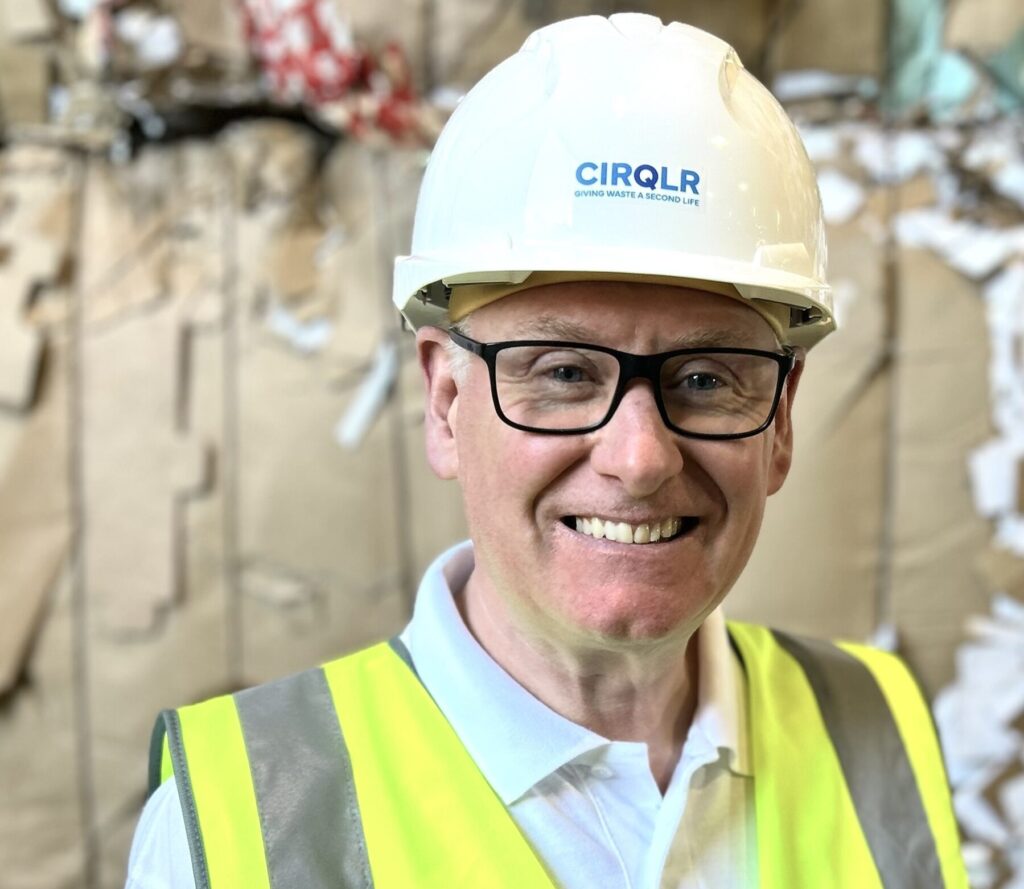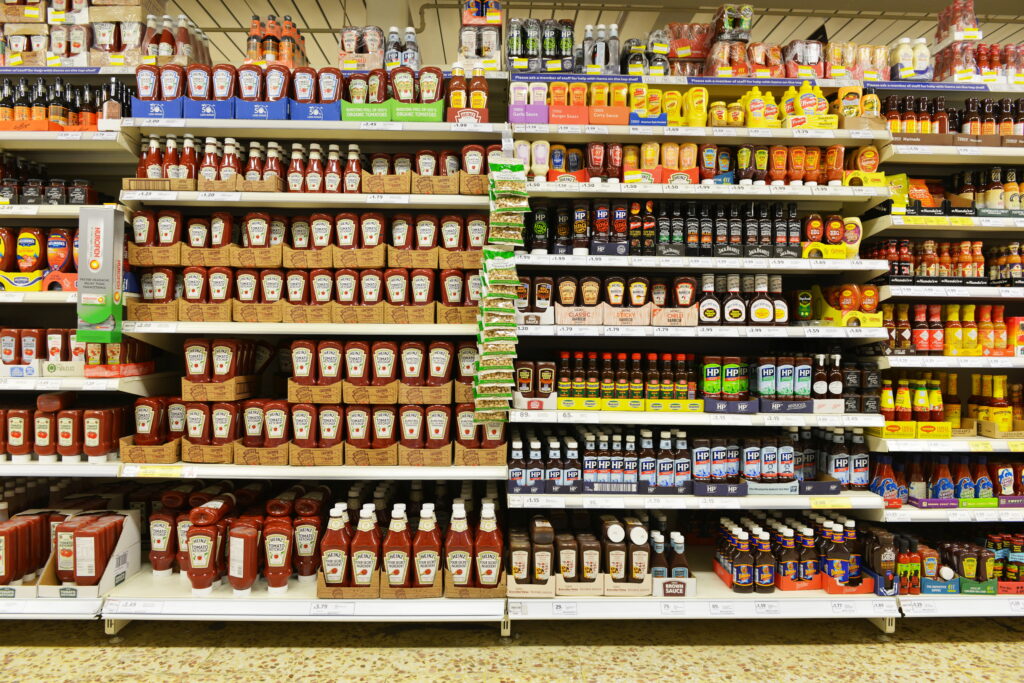He argued that speculative pricing, whether up or down, was in the long run bad for all those involved in the chain of paper use. Taking old corrugated containers (OCC) as an example, Mr Aragües proposed that the price should never be allowed to drop below 35-40 euros per tonne – to his recollection it had never actually fallen below 40 euros. A ceiling should be set no higher than 55/60 euros per tonne, and throughout the range recoverers would have a minimum 30 euros to cover their costs.
Since the EU Directive on packaging recovery in 1992, national collection systems had been introduced all over Europe. In general, paper makers and recoverers had not had sufficient input to this development, even though they were the “top experts”.
“Listen to our advice”
The authorities should “listen to our advice to provide recovery at lower cost,” he insisted. Setting the paper recovery scene in Spain, Mr Aragües said that last year 3.8m tonnes had been used, 14% or 560,000 tonnes consisting of imports. The utilisation rate was 81% but the recovery rate was still relatively low at 48.6%.
However, the EU Directive had been a very positive influence, for since 1994 collection had risen by 80% in the context of a voluntary agreement with the government for a “paper bank” system. By the end of 2001 nearly 80,000 of these collection containers would be in place. This separate collection approach delivered lower cost and higher quality without conflicting with the free market, he told delegates.
In Spain, although an optimum had yet to be reached, the cost of paper at collection sites was 34 euros per tonne, which compared with 72 euros for similar operations in France and 204 euros in Germany. The total cost of recovering paper in this way was 60 euros per tonne. But when paper was mixed with other packaging materials in a single container the cost rose substantially to 525 euros per tonne. The problem was to persuade members of the public always to deposit paper in dedicated containers. The message had to be put across much more effectively.
Immediate Past President of the BIR Paper Division Mr Gerry West of Severnside Recycling, UK, who chaired the meeting in the absence of President Mr Dominique Maguin of Soulier, France, said he was “intrigued” by the speaker's proposal for a minimum and maximum pricing system. This was a step in the right direction, although he argued that to process corrugated board would involve a cost 50% higher than quoted. Mr Aragües countered that SAICA was engaged in the recovery of 1m tonnes a year and in Spain an operating cost of 30 euros a tonne was quite realistic.
Costs to be examined
Mr West said it would be very useful to examine costs on a joint basis and he proposed that this should be undertaken within the framework of CEPI and the BIR daughter organisation in Europe, the European Recovered Paper Association (ERPA). He recalled that within the next couple of years new test liner capacity of up to 1m tonnes a year would come on stream in northern Europe, involving countries that had traditionally exported recovered material to Spain. Could domestic recovery cover any gap in supply? Little by little, replied Mr Aragües, countries such as France, Italy, Britain and Spain had to raise their recovery rates. Germany, for example, had already reached a level that would be very difficult to enhance. In Spain, recovery had risen by 12% in each of the last three years whereas consumption had increased by 6% annually. Three years ago, he pointed out, Spain had imported 80,000 tonnes of recovered paper – a level reduced to 560,000 tonnes last year. He was not concerned about higher consumption elsewhere.
A report on the activities of ERPA came its President Mr Marten Kleiweg De Zwaan of BPB Recycling in The Netherlands. He said that following the joint declaration with CEPI last year on the need to recover an extra 10m tonnes in Europe between 1998 and 2005, the European Recovered Paper Council had been set up. This body, which embraced CEPI and ERPA with others still to join, had the task of working towards that target.
Deinking quality
Attempts were being made, mainly by the German paper industry, to improve the quality of deinking news and news and pams, reducing inclusion of other material from 3% to 1.5%. Mr Kleiweg said that if the mills wanted higher quality they would have to pay for it. Experience in the Netherlands showed that as recovery rates rose, members of the public added other types of paper to containers intended solely for news or news and pams. So sorting costs became involved. He believed the matter might be resolved by the introduction of three grades – the first with 1.5%, the second with 3% and the third above 5%. There was also a move to change the description 'mixed papers' which suggested waste, and 'multi fibre' was a likely replacement. In addition, mills wanted to be able to determine the origin of recovered paper with the aim of ensuring there had been no contact with food or other contaminants. But ERPA was opposed as it saw this as a responsibility of the final recycler/producer.








Subscribe for free